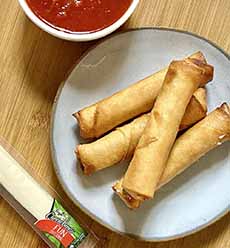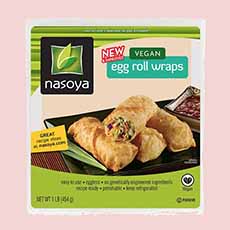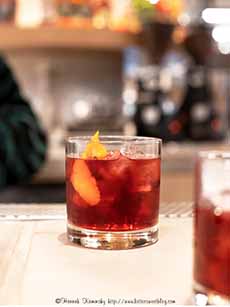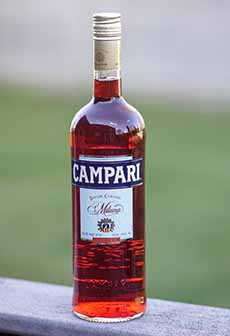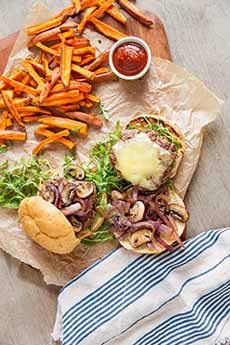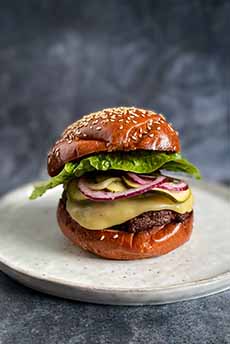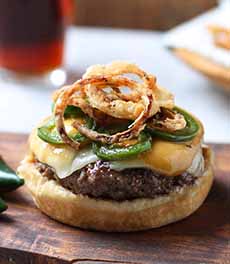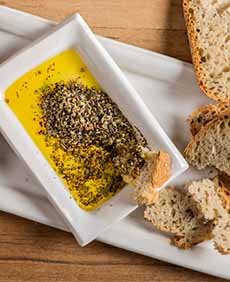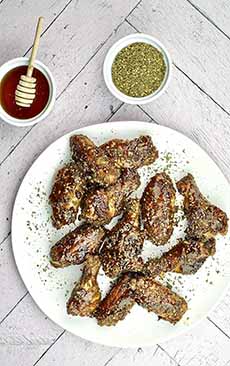|

[1] Masala fried rice. The recipe is below (photo © Abrams Books).

[2] Indian recipes for the home cook. Get your copy (photo © Abrams Books).
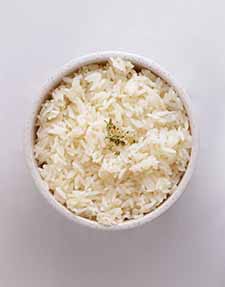
[3] Start with a bowl of leftover rice (photo © Robert Moutongoh | Pexels).
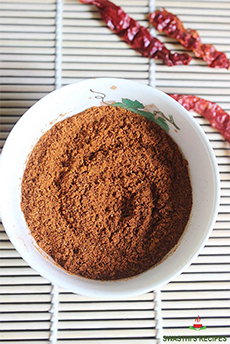
[4] There are different types of masala spice blend. Pav bhaji masala is used in this recipe Here’s a recipe to make it from scratch (photo © Indian Healthy Recipes).
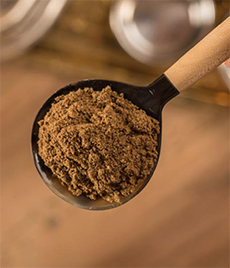
[5] You can substitute garam masala (photo © Aromatiques Tropicales).
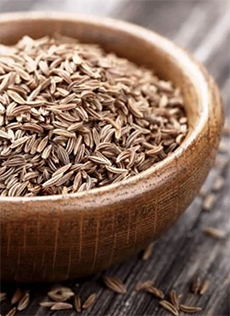
[6] The recipe uses whole cumin seeds (photo © Planet Spices).
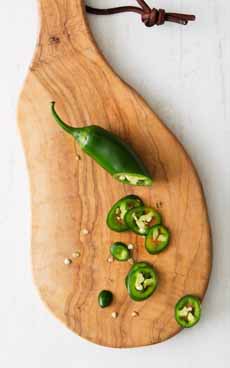
[7] Use jalapeños or other green chiles (photo © Good Eggs).
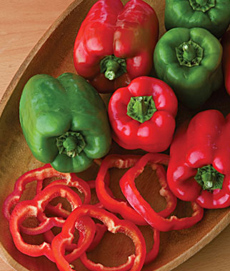
[8] Use both red and green bell peppers (photo © Burpee).
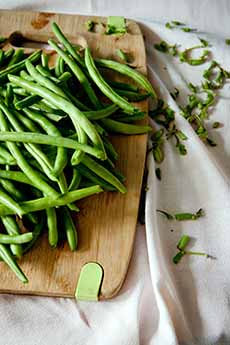
[9] Add some green beans (photo © Neha Deshmukh } Wesual | Unsplash).

[10] A bit of tomato paste (photo © Good Eggs).
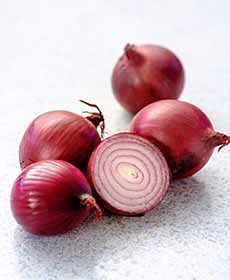
[11] Red onions (photo © Umami Info).
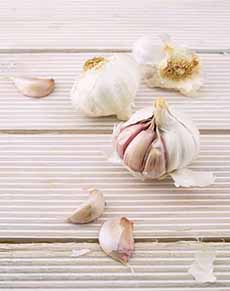
[12] A bit of garlic improves many recipes (photo Wesual Click | Public Domain).
|
|
September is National Rice Month. How about a spin on the conventional fried rice recipe, which you can make with leftover rice?
It can be a quick weeknight meal or a way to use up leftovers crowding your fridge.
Fried rice is popular in East Asian, Southeast Asian and certain South Asian cuisines, as well as a staple national dish of Indonesia.
Homemade fried rice is typically made with ingredients left over from other dishes, as is the recipe below. The leftovers lead to countless variations.
The recipe below, Masala Fried Rice, adds a fusion food, Indian spin, courtesy of Palak Patel.
Ms. Patel is author of The Chutney Life blog and a new cookbook, The Chutney Life: 100 Easy-To-Make Indian-Inspired Recipes.
There’s more about Ms. Patel below.
Masala means both “spice” and a blend of spices.
As with all spice blends, the exact spices and proportions vary from region to region and from cook to cook.
Pav bhaji masala, which is used in the recipe below, is a spice powder ground from whole spices such as black cardamom, black peppercorn, cinnamon, cloves, coriander seed, cumin seed, dried ginger, dried mango powder (amchur), fennel seed, green cardamom, red chile, and star anise.
In addition to pav bhaji masala, there are numerous other masala blends, that used for different recipes (biryani, chaat, chana masala, masala tea, and tandoori, e.g.
Here are recipes for eight of these.
Perhaps the most familiar to Americans is the broader-use garam masala (phoro #5).
> The different types of rice: a glossary.
> The history of rice.
> The history of fried rice is below.
> 40+ more rice recipes for breakfast, lunch, dinner, and dessert.
The recipe follows, but first:
WHAT IS FRIED RICE?
While most Americans are familiar with fried rice, here are some particulars.
Fried rice is a dish of cooked rice that has been stir-fried in a wok or a frying pan. It is usually mixed with other ingredients:
Eggs
Aromatics (garlic, leeks, onions, scallions, shallots)
Meat (chicken, beef, pork, lamb, mutton)
Preserved meat (bacon, ham, sausage)
Seafood (fish, shrimp, crab)
Vegetables (carrot, mushroom, peas)
Plus:
Fats to prevent sticking and for flavor (vegetable oil, sesame oil, clarified butter, lard)
Seasonings (salt, soy sauce, oyster sauce, other sauces and spices)
Optional garnishes: chopped scallions, coriander or parsley sprigs, diced tomato, fried shallots, pickled vegetables, seaweed flakes, sliced chile, sliced cucumber, toasted sesame seeds)
Recipes vary from place to place and from cook to cook. In different countries, for example:
Indonesian, Malaysian, and Singaporean nasi goreng and Thai khao phat are similar constructs.
Latin American variations include Ecuadorian chaulafan, Peruvian arroz chaufa, Cuban arroz frito, and Puerto Rican arroz mamposteao.
RECIPE: MASALA FRIED RICE
While this recipe is a way to use up leftover white rice, you can make fresh rice if you have none left over.
You can also take the opportunity to use up leftover proteins: beef, chicken, pork, seafood, etc.
In addition to the ingredients below, you can use whatever veggies you have in your fridge or freezer. There is no right or wrong.
Ingredients
2 cups leftover rice
2 tablespoons oil
1 teaspoon cumin seeds
2 green chiles, finely diced
1/2 cup green beans, chopped into 1 inch pieces (we used leftover peas instead)
1 small green bell pepper, sliced into small strips or a small dice
1 small red bell pepper, sliced into small strips or a small dice
1 small red onion, sliced into small strips or a small dice
1 tablespoon tomato paste
1 tablespoon garlic, minced
1.5 tablespoons Badshah Pav Bhaji Masala (substitute garam masala and a bit of lemon juice)*
1/2 teaspoon salt (adjust as needed if your leftover rice was also salted)
Garnish: chopped cilantro (substitute scallion tops)
Optional inclusions: diced chicken, shrimp, or other protein
Preparation
1. HEAT a large skillet over medium high heat and add the oil. Once the oil is hot, add the cumin seeds and diced chiles.
2. ADD the green beans and let the mixture cook for 2-3 minutes. Then add the sliced bell peppers and onions and cook until halfway through, about 4-6 minutes.
3. ADD the tomato paste, minced garlic, and pav bhaji masala and stir to combine well. Cook for an additional 2-4 minutes.
4. ADD the rice and salt and mix well until everything is combined. If using diced proteins, warm them briefly in the microwave and stir them into the rice.
5. SERVE hot with a garnish of chopped cilantro.
THE HISTORY OF FRIED RICE
The earliest record of fried rice appears during China’s Sui dynasty (589–618 C.E.), in Yangzhou in the eastern Jiangsu province of China. The dish was a favorite of Emperor Yang Guang of Sui [source].
During this period, peasants learned of the dish, and adopted it as a way to use their leftovers in an especially tasty way.
That sixth-century recipe, incorporating day-old rice, eggs, and vegetables on hand, is not different from today’s fried rice.
Though the stir-frying technique used for fried rice was recorded in a much earlier period, it was only in the late Ming dynasty (1368–1644 C.E.) that the technique became widely popular [source].
Fried Rice Comes To The U.S.
Chinese restaurants in the United States first appeared during the California Gold Rush (1848–1855).
The Gold Rush and the building of the Transcontinental Railroad (1863-1869) brought some 20,000–30,000 immigrants to the West Coast, mostly from the Canton (Guangdong) region of China.
In addition to opportunities offered by the Gold Rush, they were also fleeing economic problems and famine in China.
Although some immigrants headed to the gold fields, most stayed in the San Francisco Bay area, serving as grocers, merchants, restaurateurs, and traders for the miners [source].
The first Chinese restaurants* were founded in 1849 in San Francisco. By 1850, there were five Chinese restaurants in the city. [source].
No menus remain to indicate when fried rice appeared, but we can deduce that the restaurants’ leftover rice was repurposed into other dishes.
After the completion of the Transcontinental Railroad, Chinese laborers fanned out across the U.S. to work on at least 71 other rail lines.
Unfortunately, with this came anti-Chinese discrimination, hostility and violence. Whites blamed the Chinese for taking their jobs by accepting work at lower wages.
Tens of thousands of Chinese were forced to leave the U.S. by 1882 [source].
However, thousands more stayed, and restaurants popped up to service the Chinese communities and subsequently, their white neighbors.
It must be noticed that in a period of the violence and exclusion suffered by Chinese immigrants, white Americans still liked their food [source].
Today, there are more than 45,000 Chinese restaurants across the U.S.—more than the combined number of McDonald’s, Burger King, Kentucky Fried Chicken, and Wendy’s outlets [source].
ABOUT PALAK PATEL
Palak Patel is a home chef and mom of two who cooks for her family five nights and week, no matter how chaotic the schedule may be.
On her blog, The Chutney Life, Palak breaks down the intricacies of Indian cooking into accessible recipes for all home cooks.
From the importance of a good tadka—a means through which whole spices are tempered in oil to increase their flavor profile—to countless easy hacks such as upgrading a can of Campbell’s Tomato Soup with a little ginger, garlic, and coriander, her recipes are fresh, inventive, and delicious.
Palak’s signature snacks—spreading lasan ni chutney (a spicy spread made by pounding together fresh garlic cloves and chili powder in a mortar and pestle) inside of a quesadilla or adding just a touch of cumin and coriander powder to cream of cauliflower soup—mean that you’ll never get bored or see the same old stuff.
The Masala Fried Rice recipe above is a prime example of the flavor-packed recipes, tips, tricks and hacks that make up her debut cookbook: The Chutney Life: 100 Easy-To-Make Indian-Inspired Recipes.
The cookbook celebrates the Indian food Palak grew up eating. Filled with anecdotes, love notes to her favorite kitchen tools, and many time-saving tips, Palak’s recipes find inspiration in resourcefulness.
Busy moms and curious cooks alike will find new, exciting flavors here, inspired by souvenirs of Patel’s travels, makeovers of classics, and Indian remakes of favorites, including:
Coconut Shrimp Po’ Boys with Panang Curry Remoulade
Crispy Barbecue Chicken Keema Tacos
Masala Pot Pies In Golden Puff Pastry
Unbeatable Chutneys
By embracing the magic that happens when flavors transcend continents and cultures, The Chutney Life finds the perfect balance in Indian-American cooking.
_______________
Here’s a recipe to make your own from scratch. A quickie substitute: Blend 1 to 2 teaspoons of garam masala, 1 tablespoon of ground coriander, 1 tablespoon red chili powder, and 1 to 2 teaspoons dry mango powder (amchur) or lemon or lime juice. Sumac is also a substitute for mango powder. Here are more substitutes.
†The oldest continuously operating Chinese restaurant in the U.S. is the Pekin Noodle Parlor, established in 1909 in Butte, Montana.
|
